
JAPAN
The following is a resource guide for educators, researchers, and students interested in learning about Japan. Please note that the resources gathered are not exhaustive, and we encourage readers to pursue additional resources. If you would like to suggest a resource, please send an email to gweanrc@gwu.edu.
Here are some basic facts about Japan (As of October 2021):
- Capital: Tokyo (東京)
- Currency: yen (¥)
- Emperor and Empress: Naruhito (126th) and Masako
- Prime Minister (Head of Government): Fumio Kishida (100th)
- Government: Unitary parliamentary constitutional monarchy
- Official Language: Japanese
- Population: 124,687,293 (July 2021 est.)
- Land Area: 364,485 sq km (slightly smaller than Montana)
- Population Density: 347 per Km2 (about 10 times bigger than the United States)
- Writing Systems: Kanji (漢字), Hiragana (ひらがな), Katakana (カタカナ)
Overview
The Japanese characters that make up Japan’s name 日本 mean “sun-origin”, which is why Japan is often referred to as the “Land of the Rising Sun.” Japan is home to the world’s eleventh-largest population, with over 126 million permanent inhabitants (Statistics Bureau & Ministry of Internal Affairs and Communications, 2018).
Japan is an island nation that has well over 6000 islands. In the 8th century, Japan became unified into a strong state ruled by an emperor. In 794, Emperor Kammu moved the capital to what is today Kyoto. This started Japan’s Heian period where much of today’s distinct Japanese culture emerged including art, literature, poetry, and music.
In the 10th and 11th centuries Japan entered into a feudal era. During this time the samurai, a ruling class of warriors, came into power. The leader of the most powerful clan of samurais was called the shogun. During the 1500s the Portuguese arrived in Japan. They began to trade and learn about European society and the west. However, in the 1630s the shogun closed the country to outside contact and trade. This policy was called sakoku. In 1854, Commodore Matthew Perry of the United States forced Japan to reopen relations with the rest of the world. Japan became an empire ruled by an emperor. In World War II Japan allied with the Axis Powers of Germany and Italy. On December 7, 1941 Japan attacked the United States bombing Pearl Harbor in Hawaii. This caused the United States to enter the war on the side of the Allies. Japan surrendered in 1945 when the US dropped atomic bombs on the cities of Hiroshima and Nagasaki. In 1947 Japan adopted a constitution with a democratic government. Since then Japan has grown into a powerful nation with one of the world’s largest
Japan has the world’s third-largest economy, having achieved remarkable growth in the second half of the 20th Century after the devastation of the Second World War. Japan benefits from a highly skilled and educated workforce; it has among the world’s largest proportion of citizens holding a tertiary education degree.
Although Japan has officially renounced its right to declare war, Japan maintains a modern military with the world’s ninth-largest military budget, used for self-defense and peacekeeping roles; it ranked as the world’s fifth most-powerful military in 2020. Japan is a highly developed country with a very high standard of living and Human Development Index.
References
“Japan Country Profile.” BBC News, BBC, 1 May 2019, www.bbc.com/news/world-asia-pacific-14918801.
“Japan Facts,” Japan Information & Culture Center, Embassy of Japan. Retrieved from https://www.us.emb-japan.go.jp/jicc/japan-info.html
“Japan – Land Area (sq. Km),” TRADING ECONOMICS. Retrieved from https://tradingeconomics.com/japan/land-area-sq-km-wb-data.html
“Japan Population (LIVE),” Worldometers.info. Retrieved from https://www.worldometers.info/world-population/japan-population/
“Japan: Timeline and History Overview” ,Ducksters https://www.ducksters.com/geography/country/japan_history_timeline.php
Statistics Bureau, and Ministry of Internal Affairs and Communications. Statistics Bureau Home Page/Population Estimates Monthly Report, 2018.
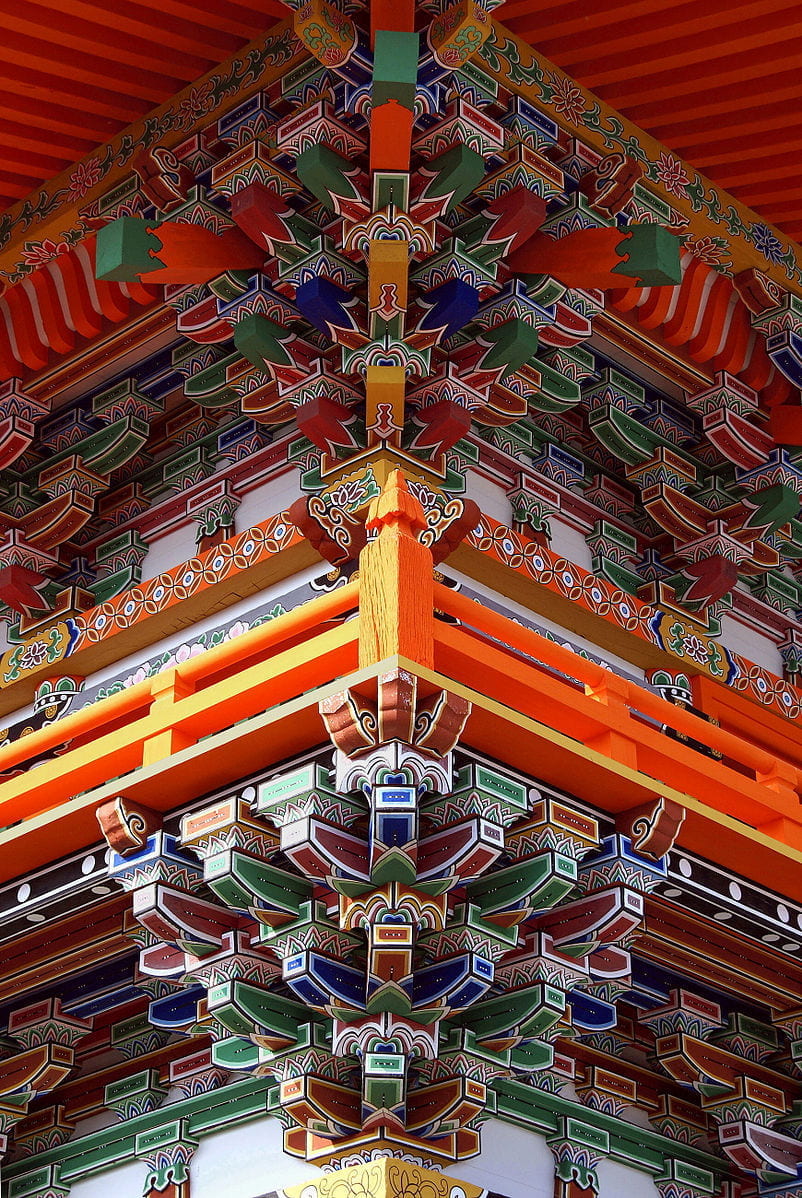
Pillars of Sagami Temple at Hyōgo Prefecture in Japan.
By 663highland (Edited by Laitche)
For more information on Japan and related resources, please click the “Japan Resources PDF” button below.
K-12 Resources for Students & Teachers
Below are links to useful resources that could be found online. Please click the individual hyperlinks to find out more about these resources. For more information, please look through our Japan Resources (PDF) guide.
HISTORY, CULTURE, LANGUAGE, AND TRADITIONS

Japan Discovery Box
The Japan Discovery Box from Ohio State University contains an array of items from Japan such as clothing, traditional toys, maps & postcards, cooking utensils, and various other materials, along with a description and background information for each item. You can view them physically and virtually!
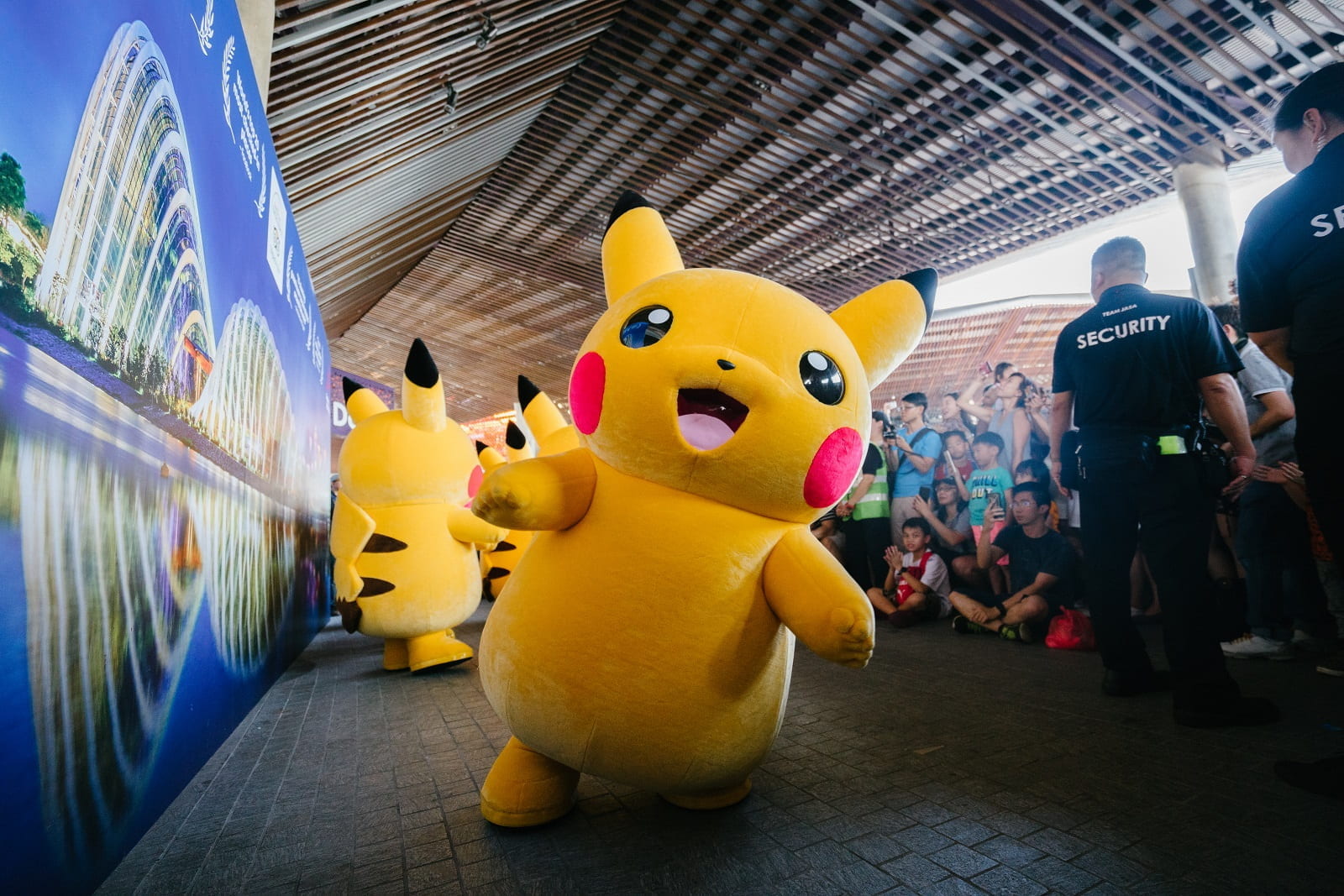
Web Japan
Web Japan is operated by the Japanese Ministry of Foreign Affairs (MOFA) and was launched with the aim of helping people around the world get to know more about Japan and the Japanese. It includes Kids Web Japan for elementary and middle school classrooms.
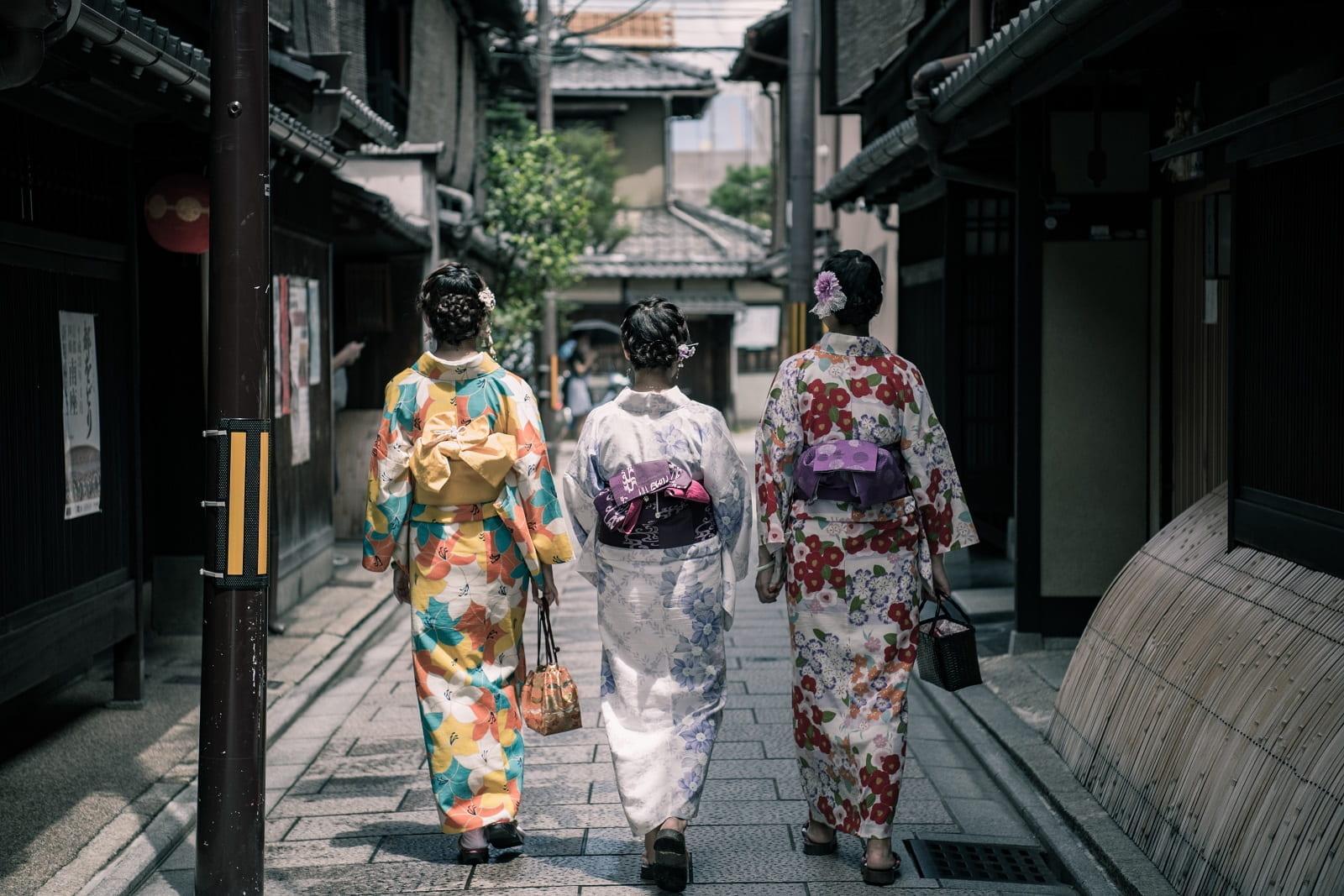
Modern Japan in Archives
Modern Japan in archives is an online exhibition operated by the National Diet Library. Enabling online access by the general public to primary materials owned by the Modern Japanese Political History Materials Room of the National Diet Library, the exhibition has been received favorably, with a large number of people visiting the site since its opening.
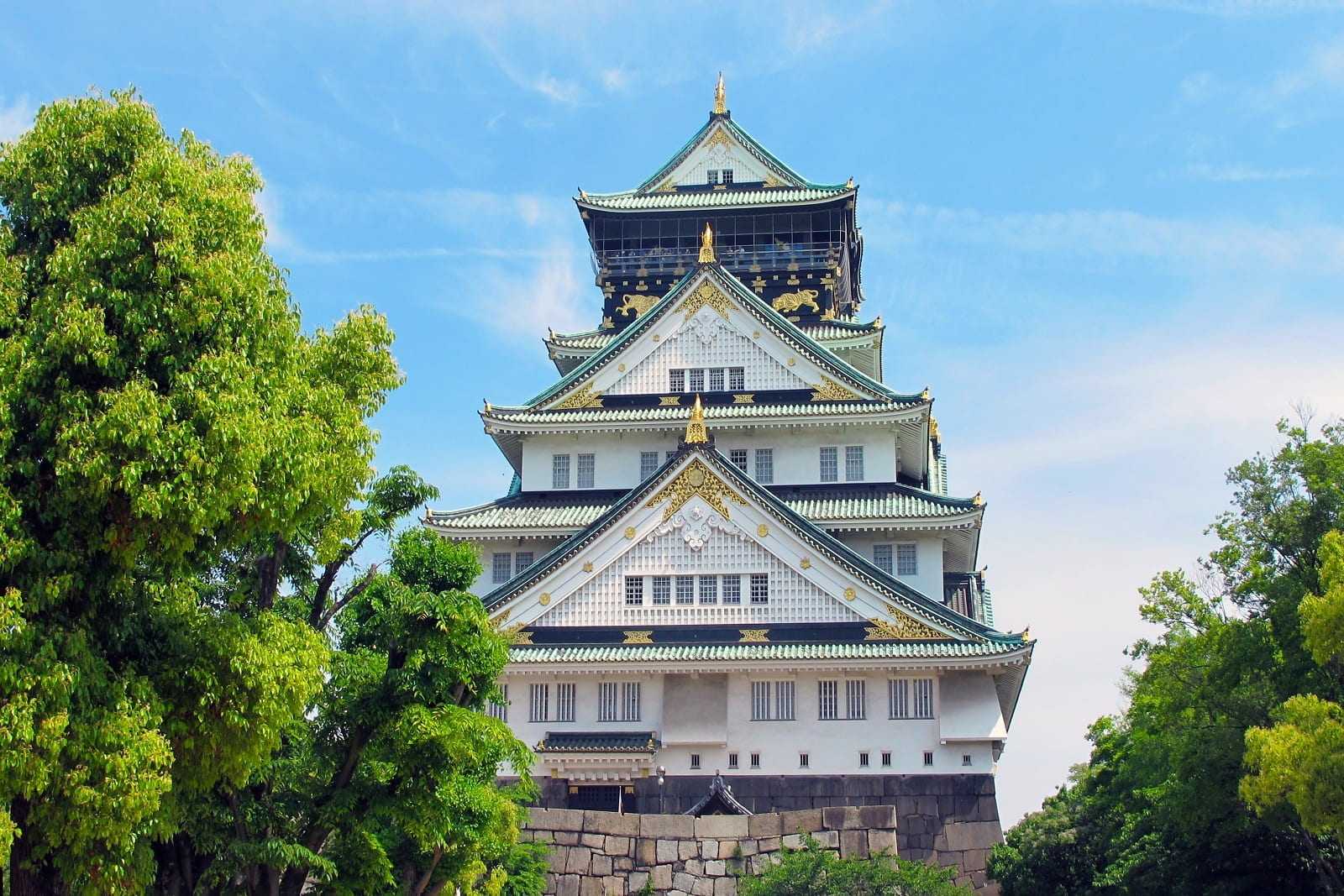
Heilbrunn Timeline of History
The Met’s Heilbrunn Timeline of Art History pairs essays and works of art with chronologies, telling the story of art and global culture through the Museum’s collection. Authored by The Met’s experts, the digital publication is a reference, research, and teaching tool conceived for students and scholars of art history.
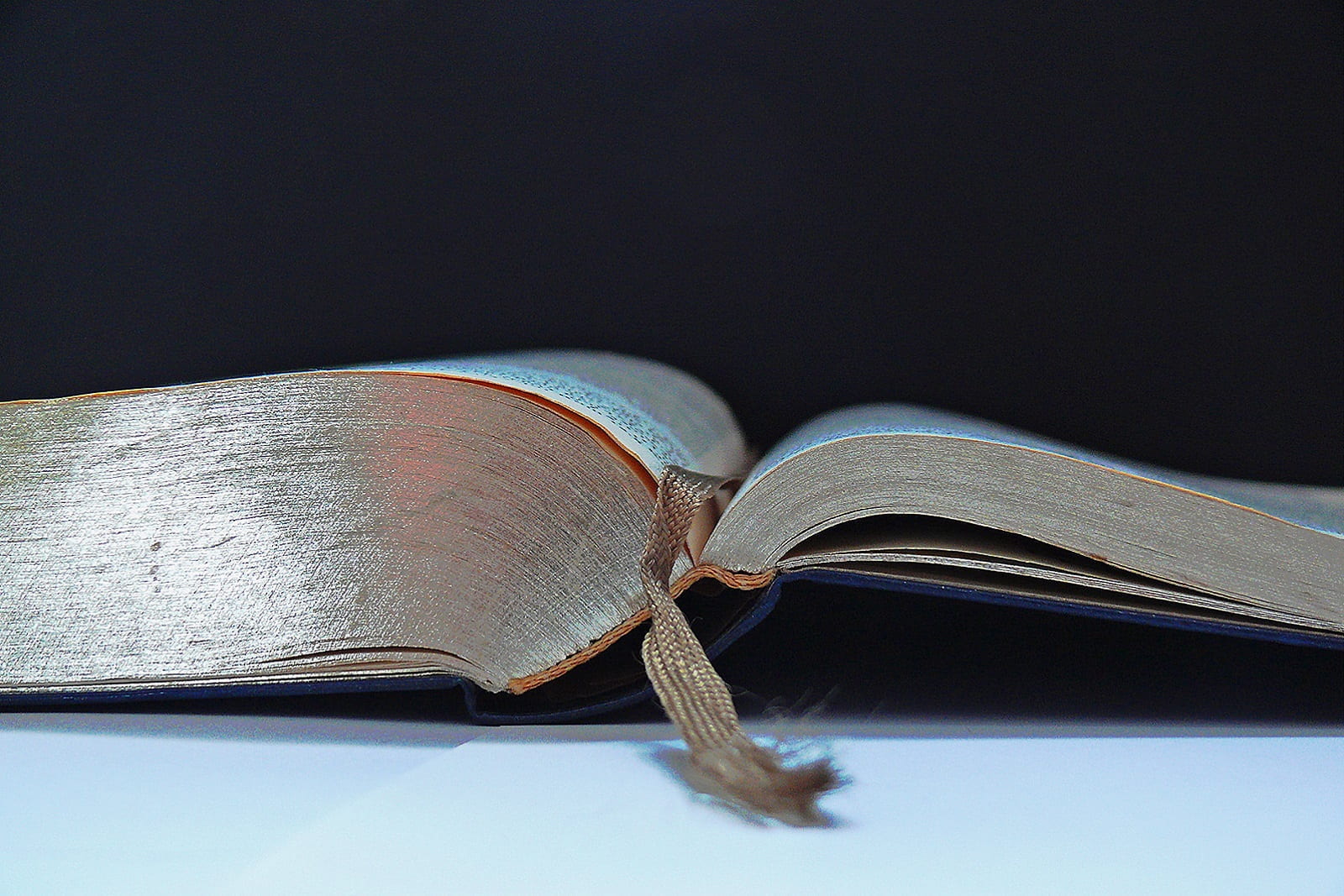
Japanese Literature
Japanese Literature by Britannica offers an introduction to the history and development of Japanese literature. The page introduces several classical Japanese works separated by era and discusses the origins of Japanese literature even before the creation of Japan’s written language.
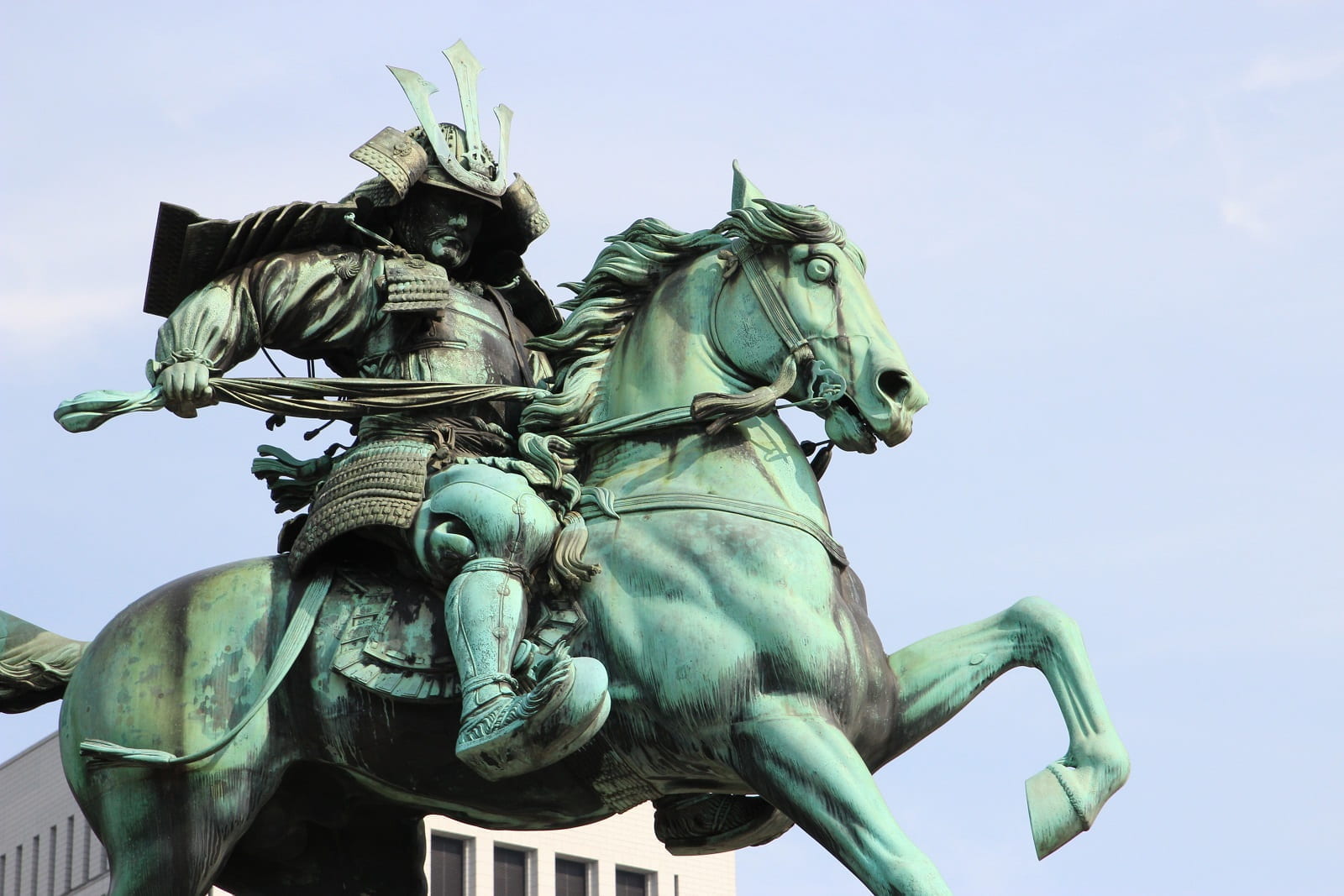
Guide to Japan Culture, Costumes, & Etiquette
Students can gain a basic understanding of language, religion, social etiquette, customs and work culture in the Guide to Japan Culture, Costumes, & Etiquettes. This is only a basic introduction to Japanese culture and people. It cannot account for the diversity within Japanese society and is not meant in any way to stereotype all Japanese people you may meet!
POLITICS AND CONTEMPORARY TOPICS
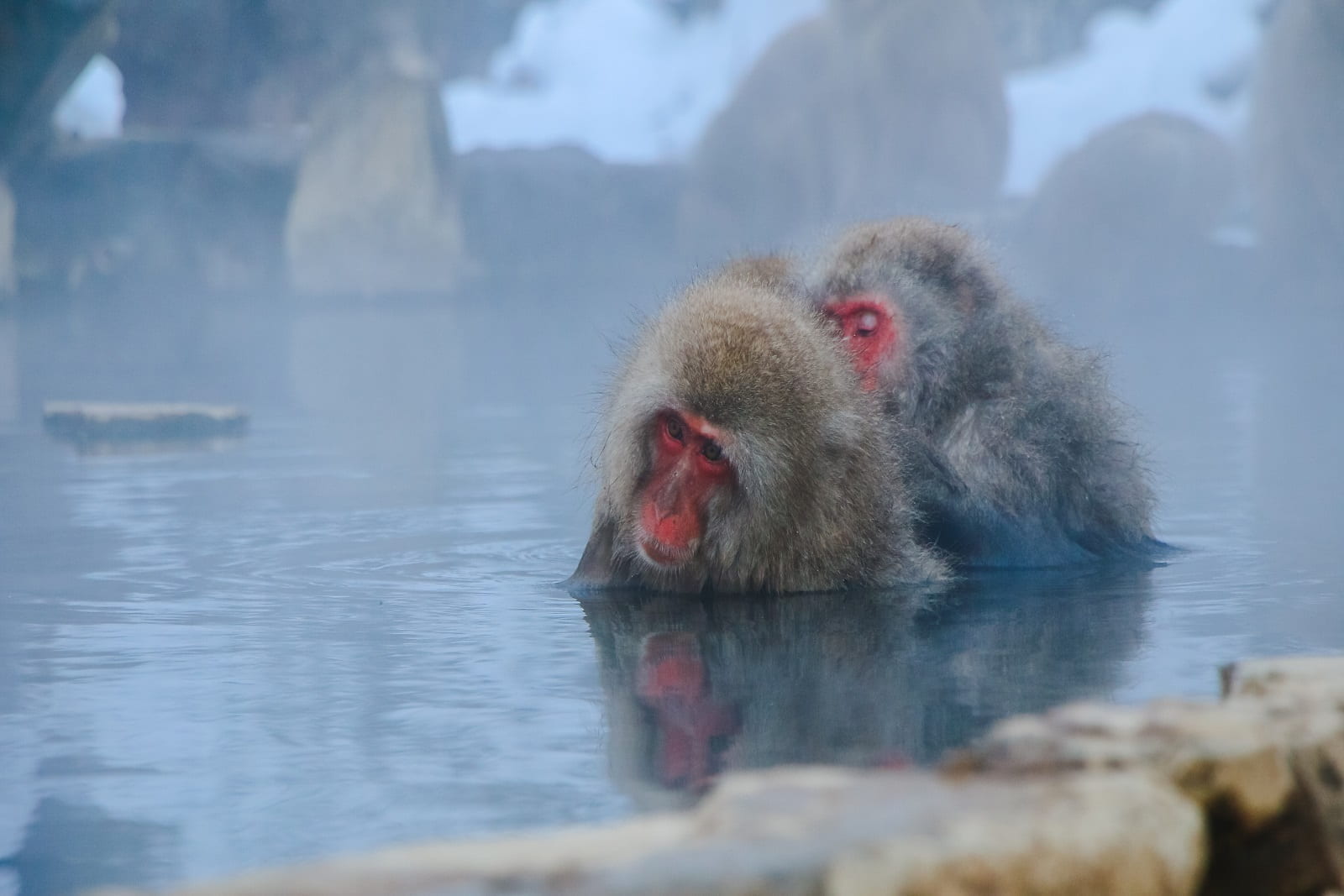
Documents on Japanese Foreign Policy (Nihongaikobunsho)
In 1936 the Ministry of Foreign Affairs of Japan published the first volume of Documents on Japanese Foreign Policy with the goal of clarifying the background of Japan’s diplomacy since the Meiji Restoration, while at the same time providing basic historical documents that could potentially offer precedents for diplomatic negotiations.
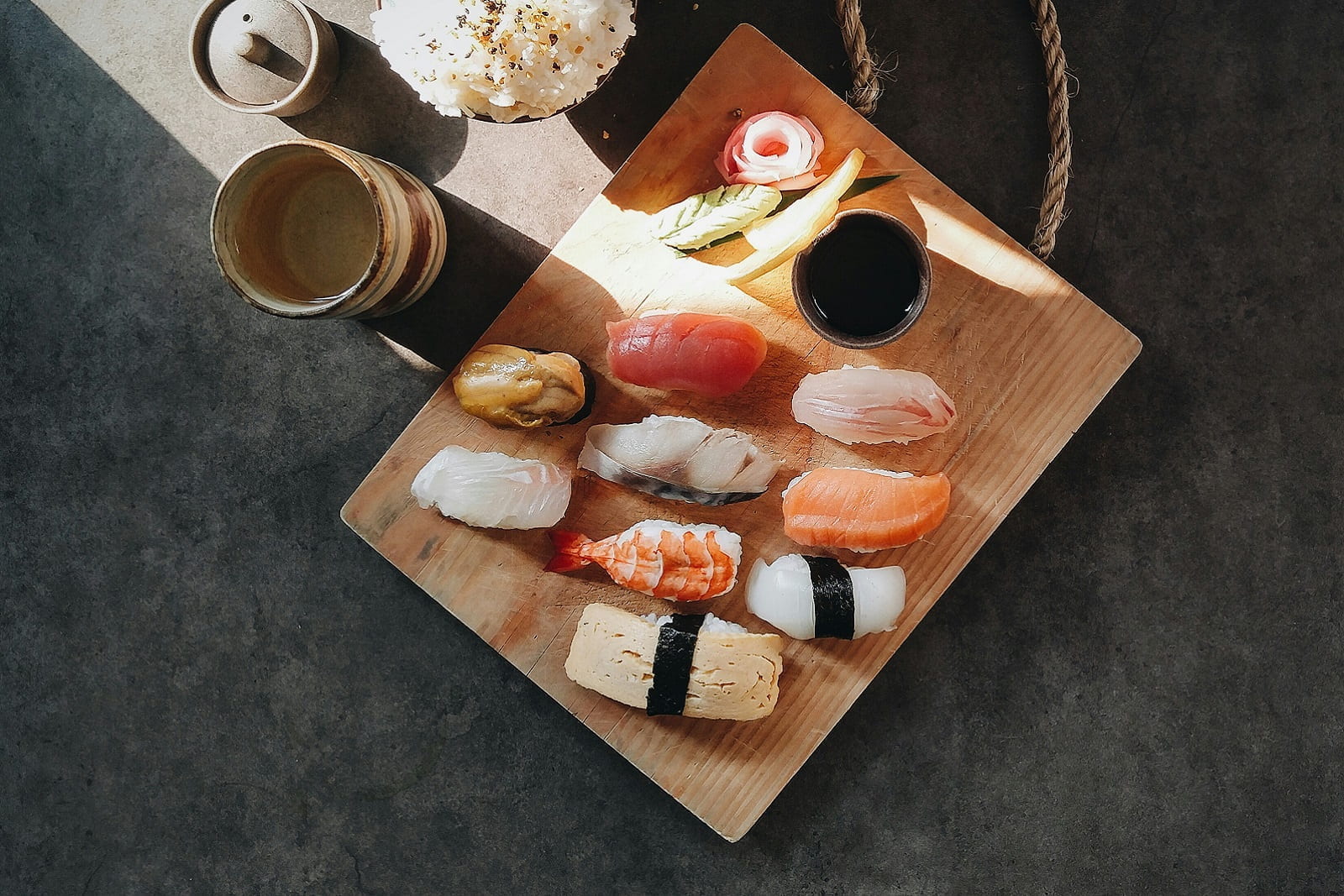
Exploring Contemporary Japanese Society
This Japan Digest explores changes in lifestyle, economic restructuring, and technological advancements. Many of these aspects of contemporary society can easily be integrated into a variety of curricular explorations. Exploring Contemporary Japanese Society provides Japan’s Lifestyle changes, Appetite issues, Economic restructuring, and Technological enhancements.

The Japan Chair – Center for Strategic & International Studies
The Japan Chair was established to provide a venue in Washington for the study of U.S.-Japan relations and increasing mutual understanding. As Japan’s role in Asian and global affairs continues to grow, the Japan Chair is charting a new direction to define a strategic agenda for the U.S.-Japan relationship. The Japan Chair is a unique platform to raise consciousness of U.S.-Japan policy issues in a bilateral, regional and global context.
NEWS, MAGAZINES, AND JOURNALS
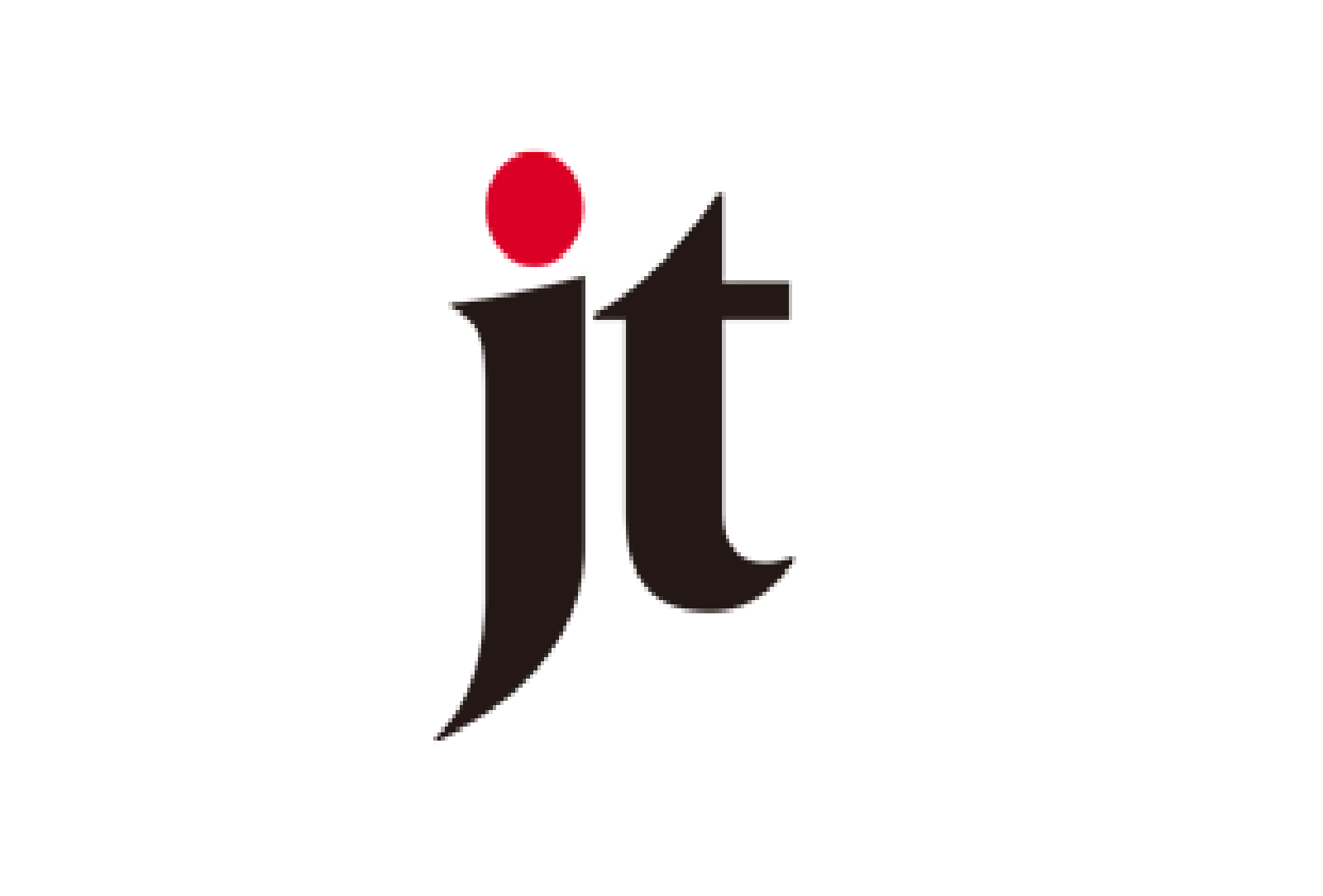
The Japan Times
The Japan Times is most widely read English-language news source about Japan. It reports on Japanese politics, business, culture and sports ― but also provides context, analysis and timely insights.
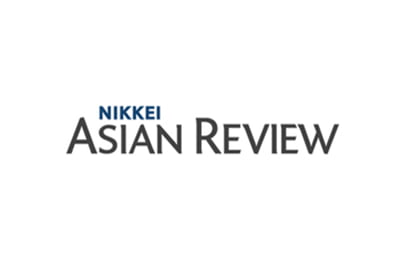
Nikkei Asian Review
Nikkei Asian Review is published by Nikkei Inc. For more than 140 years, Nikkei has been providing unparalleled coverage of Japan’s economy, industries and markets.
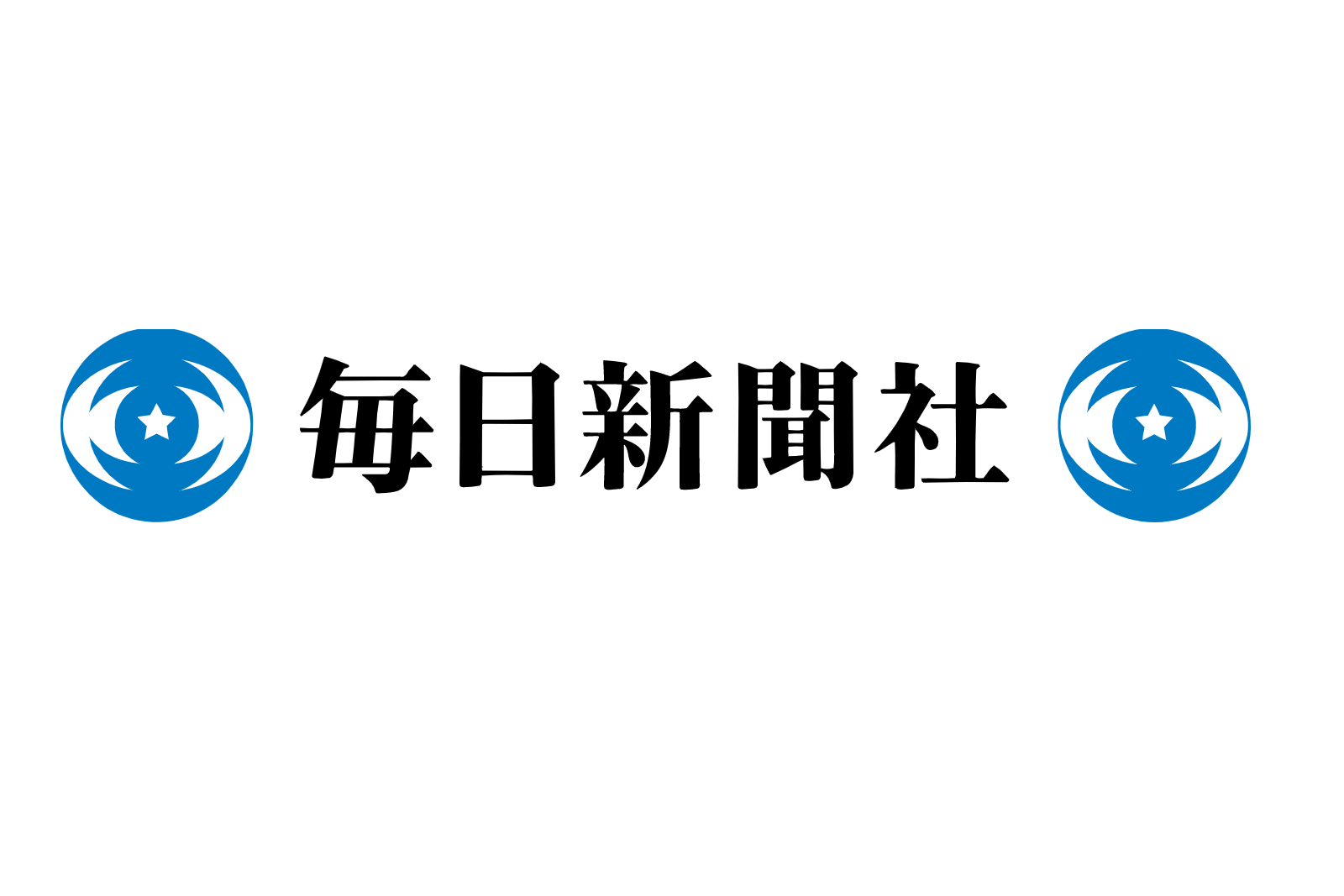
The Mainichi Shimbun
The Mainichi Shimbun is the oldest daily newspaper in Japan. It offers the latest news and in-depth analyses on Japanese politics, business, crime, technology, society and culture nationwide.

Kyodo News
Kyodo News is Japan’s leading news agency that covers stories on Japan and on countries where Japan plays a key role. Kyodo News Plus offers further insight on Japanese culture, lifestyles and events.

The Asahi Shimbun
The Asahi Shimbun is widely regarded for its journalism as the most respected daily newspaper in Japan. The English version offers select articles as well as extensive coverage of Cool Japan, focusing on manga, travel and other timely news.
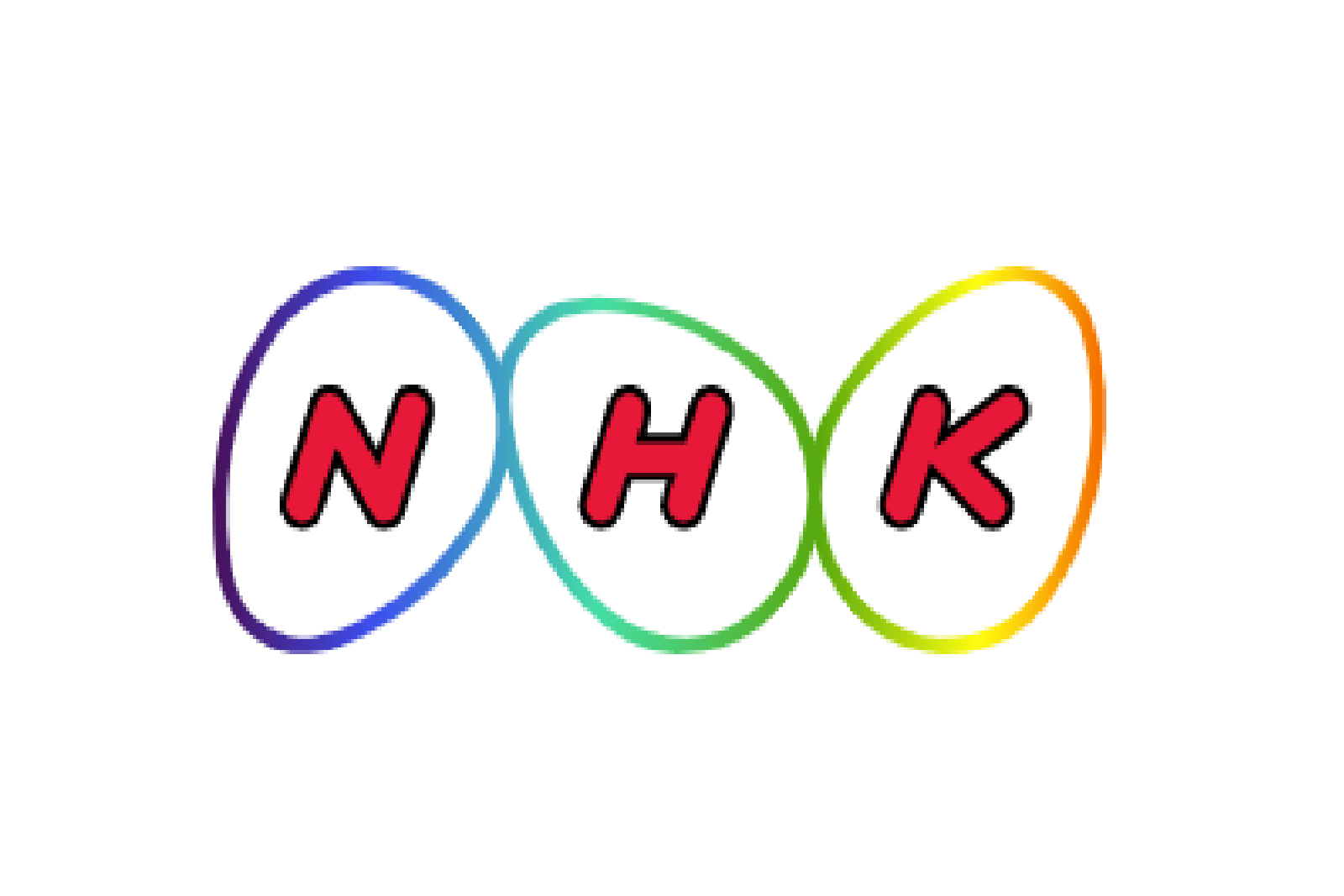
NHK-World Japan
NHK World Japan is the international service of Japan’s public broadcaster NHK. It provides the latest information on Japan and Asia through television, radio and online to a global audience.
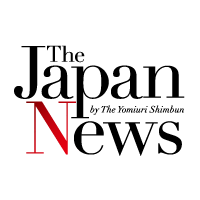
The Japan News
The Japan News is published by The Yomiuri Shimbun, a leading Japanese newspaper with the largest circulation in the nation. Launched in 1955, the English paper was long known as The Daily Yomiuri.
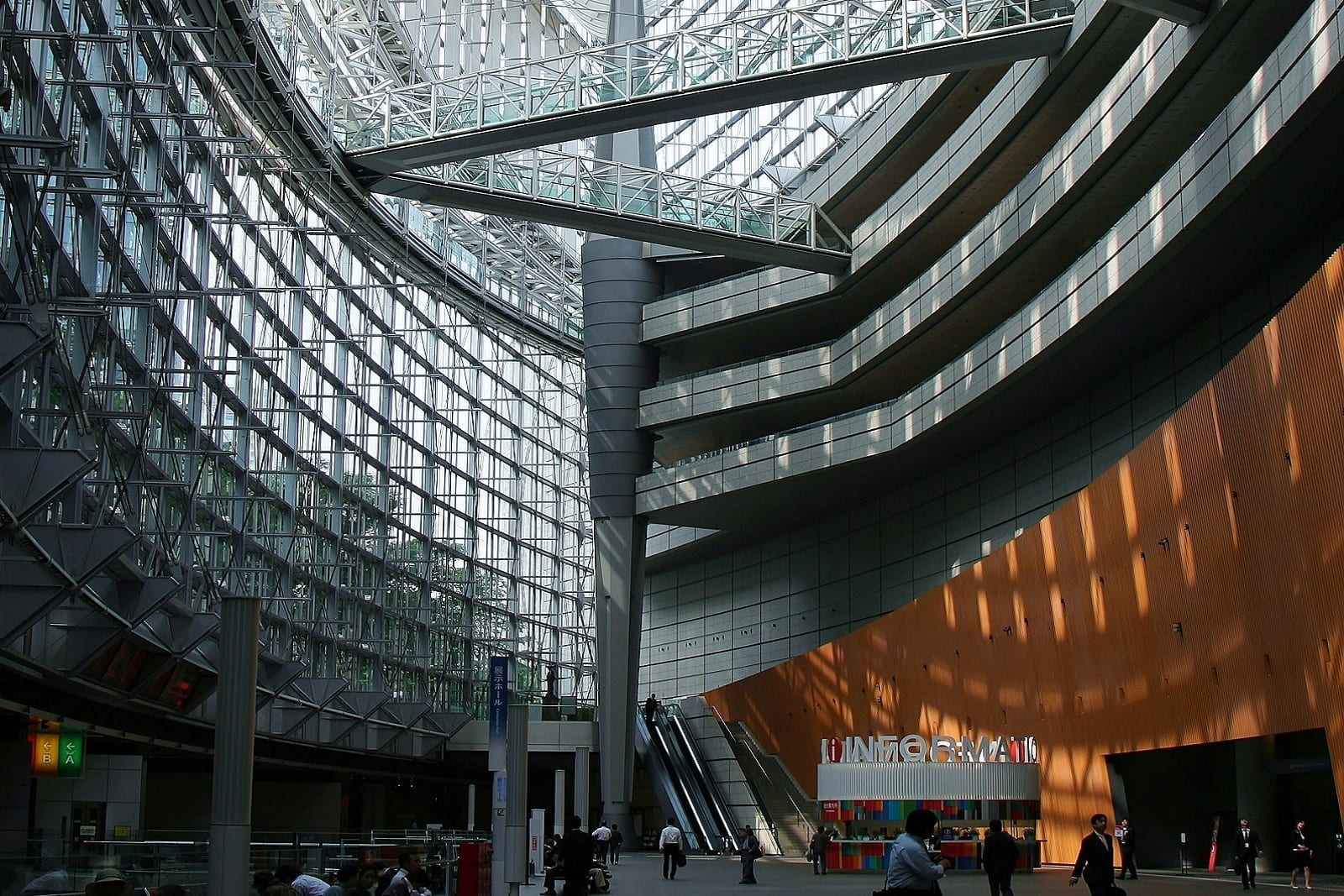
Japan Today
Launched in September 2000, Japan Today is a Tokyo-based online newspaper, featuring the latest news on Japan and the world, including political, entertainment, business, technology and sports news.
Lesson Plan & Activity Ideas
Below are websites that provide lesson plans and fun activity ideas on Japan-related topics separated by appropriate grades. Please click the individual hyperlinks to find out more about these resources.
Elementary (Pre K – Grade 5)
Middle School (Grade 6 – 8)
General Lesson Plan Materials
An initiative of the Weatherhead East Asia Institute at Columbia University for students and educators at all levels. Includes chronological outlines of Japanese history, central themes and key points, and lesson plans.
The Around the Globe: Japan collection allows students to take a virtual trip to Japan to learn more about Japan’s society and culture, as well as the art of Japan through the centuries. Explore significant events in Japanese history, the history of U.S.-Japan relations, and the experiences of Japanese Americans through videos, images, documents, and lesson plans.
About Japan: A Teacher’s Resource
About Japan provides a variety of resources about Japan to educators for use in the K-12 classroom. Resources are organized around the themes of culture, environment, globalization, history, Japanese language, and social issues and consist of lesson plans, articles by leading scholars and primary source images and video.
Japan Foundation Los Angeles Resources
Japan Foundation Los Angeles Resources has compiled a list of popular online teaching resources, both from the Japan Foundation and from other organizations for learners of Japanese.
Indigenizing the Japanese Language Curriculum
The Ainu are indigenous peoples of Japan, who traditionally lived in Hokkaido, northnern Honshu, and southern Sakhalin. This free textbook is designed to help Japanese language classes incorporate Ainu language and culture into their lessons and raise awareness of issues facing indigenous cultures today.
Exchange Programs for Students
Below are some exchange programs that high school students can participate in order to gain a deeper understanding of Japanese culture and language. Please click the individual hyperlinks to find out more about these resources.
Hokkaido JaLS Group
Program Description:
Hokkaido JaLS aims to support you to find the best fit possible for your Japanese learning needs in a supported and flexible environment.
Eligibility: 18+ years
Fees: Prices
Scholarships: No Information.
KCP International
Program Description:
KCP International Japanese Language School is a highly challenging, affordable way for the dedicated student to perfect your Japanese, for academic credit if you like, in all the excitement of Tokyo. And learning Japanese is just the beginning.
Eligibility: 18+ years
Fees: Cost
Scholarships: Available
Youth for Understanding
Program Description:
This program advances intercultural understanding, life-long learning, global competencies, mutual respect, and social responsibility.
Youth for Understanding also provides a homestay experience where you live with a Japanese host family who has agreed to open their home and their hearts to you!
Eligibility: High School Student
Fees: Call/Apply for Price
Scholarships: Available
Exchange Programs for Teachers
The Japan Exchange and Teaching (JET) Programme
The Japan Exchange and Teaching (JET) Programme, is aimed at promoting grass-roots international exchange between Japan and other nations. Founded in 1987, JET has sent more than 70,000 participants from around the globe (including more than 35,800 Americans) to work in schools, boards of education, and government offices throughout Japan. JET is the only teaching exchange program managed by the government of Japan. With more than 55 countries around the world currently participating in JET, this program offers a unique cultural exchange opportunity to meet people from all around the world, living and working in Japan.
Japan-U.S. ICT Teacher Exchange Program
The Japan-U.S. Information and Communication Technology (ICT) Teacher Exchange Program is a succeeding program of the Japan-U.S. Teacher Exchange Program for Education for Sustainable Development (ESD), and is jointly funded by the U.S. Embassy Japan and the Japanese Government’s Ministry of Education, Sports, Science, Culture and Technology (MEXT). The Institute of International Education (IIE) is an implementation partner of this program. This program provides the opportunity for U.S. grades 7-12 teachers who are interested in or have been implementing ICT in the classroom teaching to participate in a conference in August 2020. Through discussion, the teachers will expand their perspectives, enrich the content of their classes, and foster better understanding of each other’s countries.
Institutions and Organizations in the Washington DC Area
Japan Resource Center (JRC) at the George Washington University
The JRC was established in 2005 to provide support for advanced study on Okinawa and Japan to the George Washington University community as well as to the business circle and researchers of Washington, D.C. metropolitan area. The collection focuses upon the history, politics, economy, national security, and foreign relations of Japan after the Meiji Restoration (1868), with an emphasis on the 20th century. The collection formats include print and electronic monographs, periodicals, newspapers, reference works, and databases.
The Japan Information & Culture Center (JICC)
JICC is a part of the Public Affairs Section of the Embassy of Japan in Washington D.C. The JICC is committed to enriching the relationship between Japan and the United States through an active, vibrant cultural exchange. JICC aims to promote a better understanding of Japan and Japanese culture by providing a wide range of information and diverse cultural programming.
Japan-America Society of Washington, Inc. (JASWDC)
JASWDC is only in 1957 that a group of US State Department officers got together privately with friends at the Japanese Embassy and established the Japan-America Society of Washington. Their goal was to add a personal face to Washington’s official relationship with Japan and create a people-to-people organization.
APP is a Washington nonprofit, membership-based research center studying the U.S. policy relationship with Japan and Northeast Asia. We provide factual context and informed insight on Asian politics, security, history, and public policy. We have a unique emphasis on the intersection of regional history with contemporary political and security issues.
Globalize DC focuses exclusively on increasing access for DC’s public school students to high quality global education, language learning, and study abroad opportunities. We have adopted five strategies to do this work.
Center for Strategic & International Studies (CSIS)
The Center for Strategic and International Studies (CSIS) is a bipartisan, nonprofit policy research organization dedicated to advancing practical ideas to address the world’s greatest challenges.
The Brookings Institution is a nonprofit public policy organization based in Washington, DC. Our mission is to conduct in-depth research that leads to new ideas for solving problems facing society at the local, national and global level.
The Wilson Center, chartered by Congress in 1968 as the official memorial to President Woodrow Wilson, is the nation’s key non-partisan policy forum for tackling global issues through independent research and open dialogue to inform actionable ideas for the policy community.
The National Bureau of Asian Research (NBR)
Our mission is to conduct advanced independent research on strategic, political, economic, globalization, health, and energy issues affecting U.S. relations with Asia. Drawing upon an extensive network of the world’s leading specialists and leveraging the latest technology, NBR bridges the academic, business, and policy arenas.
The Japan-U.S. Friendship Commission
The Japan-U.S. Friendship Commission (JUSFC) is an independent U.S. federal agency. Its mission is to sustain the U.S.-Japan relationship by promoting Japan Studies, and collaborative institutional efforts, partnerships, and people-to-people exchanges that advance common interests between the United States and Japan.
The U.S.-Japan Research Institute (USJI)
The U.S.-Japan Research Institute is a collaboration between top Japanese universities and the business world. American and Japanese researchers gather jointly to carry out research. Our mission is to produce practical research results based on a sound academic base, and to strategically establish a leading-edge research base from which to announce our results.
The US-Japan Business Council (USJBC)
The U.S.-Japan Business Council (USJBC) at the U.S. Chamber of Commerce is a Washington, D.C.-based business association whose mission is to advance U.S. business interests in Japan and promote stronger economic ties between the United States and Japan.
Established by the U.S. Congress in 1960, the Center serves as a resource for information and analysis on critical issues of common concern, bringing people together to exchange views, build expertise, and develop policy options. The Center is an independent, public, nonprofit organization with funding from the U.S. government, and additional support provided by private agencies, individuals, foundations, corporations, and governments in the region.
The Carnegie Endowment for International Peace
In an increasingly crowded, chaotic, and contested world and marketplace of ideas, the Carnegie Endowment – a global think tank with offices in Belgium, China, India, Lebanon, Russia, and Washington, D.C. – offers decisionmakers global, independent, and strategic insight and innovative ideas that advance international peace.
Hudson guides public policy makers and global leaders in government and business through a vigorous program of publications, conferences, policy briefings, and recommendations.
The mission of The Heritage Foundation is to formulate and promote conservative public policies based on the principles of free enterprise, limited government, individual freedom, traditional American values, and a strong national defense.
The Center for a New America Security (CNAS)
The Center for Arms Control and Non-Proliferation is a national non-partisan, non-profit dedicated to enhancing peace and security through expert policy analysis and thought-provoking research.
The United States Institute of Peace (USIP)
The United States Institute of Peace is a national, nonpartisan, independent institute, founded by Congress and dedicated to the proposition that a world without violent conflict is possible, practical, and essential for U.S. and global security.
Annual Events in DMV Area
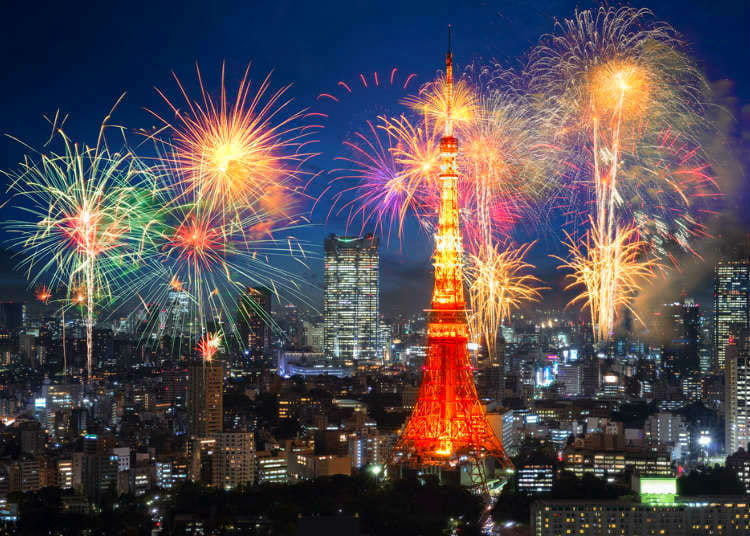
Japanese New Year Celebration in Washington – January
The Japanese New Year’s Festival, co-sponsored by the Japan Commerce Association of Washington, D.C. (JCAW) and JCAW Foundation, Inc. is held at the Washington Marriott Wardman Park to celebrate the Japanese New Year. There are four areas where various activities, such as Performances, Cultural Activities and Games, delicious Japanese festival specialties in the Food Court, and Toys and Sweets for Purchase.
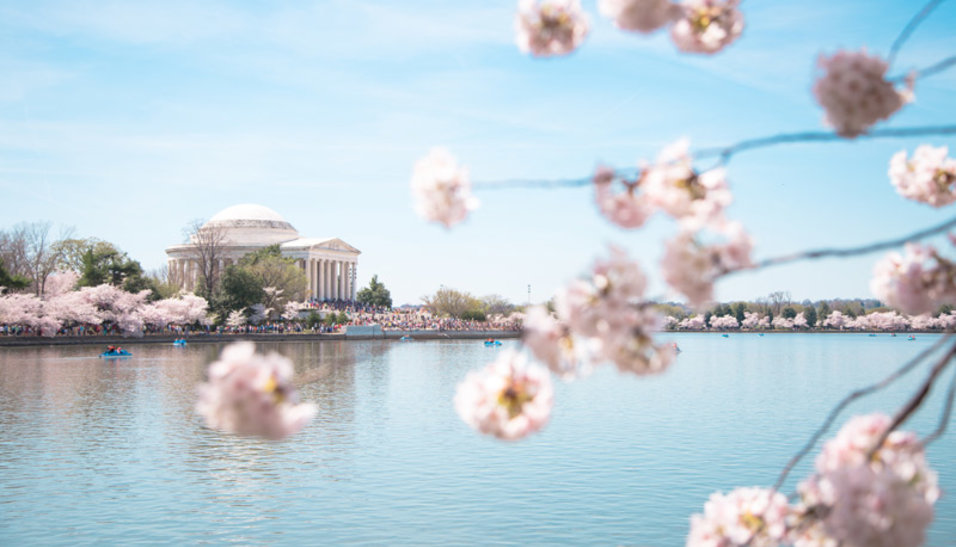
The National Cherry Blossom Festival – March to April
The National Cherry Blossom Festival commemorates the 1912 gift of 3,000 cherry trees from Mayor Yukio Ozaki of Tokyo to the city of Washington, DC, and celebrates the enduring friendship between the people of the United States and Japan. Today’s Festival now spans four weeks and welcomes more than 1.5 million people to enjoy diverse and creative programming promoting traditional and contemporary arts and culture, natural beauty, and community spirit.

The Sakura Matsuri – Japanese Street Festival – April
The Sakura Matsuri – Japanese Street Festival is the largest one-day celebration of Japanese culture in the United States and is proud to be the grand finale of the National Cherry Blossom Festival. Performers and vendors travel from all over the country and the world to Washington, DC to share their love of Japanese culture and traditions with the Festival attendees.

The Japan Bowl® – April
The Japan Bowl® is a Japanese language competition created by the Japan-America Society of Washington DC in 1992. The Japan Bowl tests the achievements of Japanese learners throughout the US and other countries. The Japan Bowl in the United States focuses on high school students.
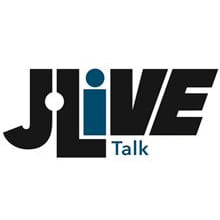
J.LIVE (Japanese Learning Inspired Vision and Engagement) Talk – September-November
J.LIVE Talk is a college-level Japanese language presentation competition that emphasizes a comprehensive range of learned communication skills. Unlike a traditional speech contest, this competition will evaluate the dynamism, vision, and level of engagement of each participant’s presentation, which can include audio-visual materials, audience interaction, and other innovations that enhance his or her talk in a manner similar to the TED (Technology, Entertainment, and Design) talks. The competition aims to provide a platform for graduate and undergraduate students of institutions of higher education to showcase their proficiency in Japanese, polish their public speaking skills, share ideas from their unique perspectives and connect with the larger Japanese-affiliated community.

EAST ASIA NATIONAL RESOURCE CENTER
Join Our Mailing List
Receive news and updates about EANRC events.

